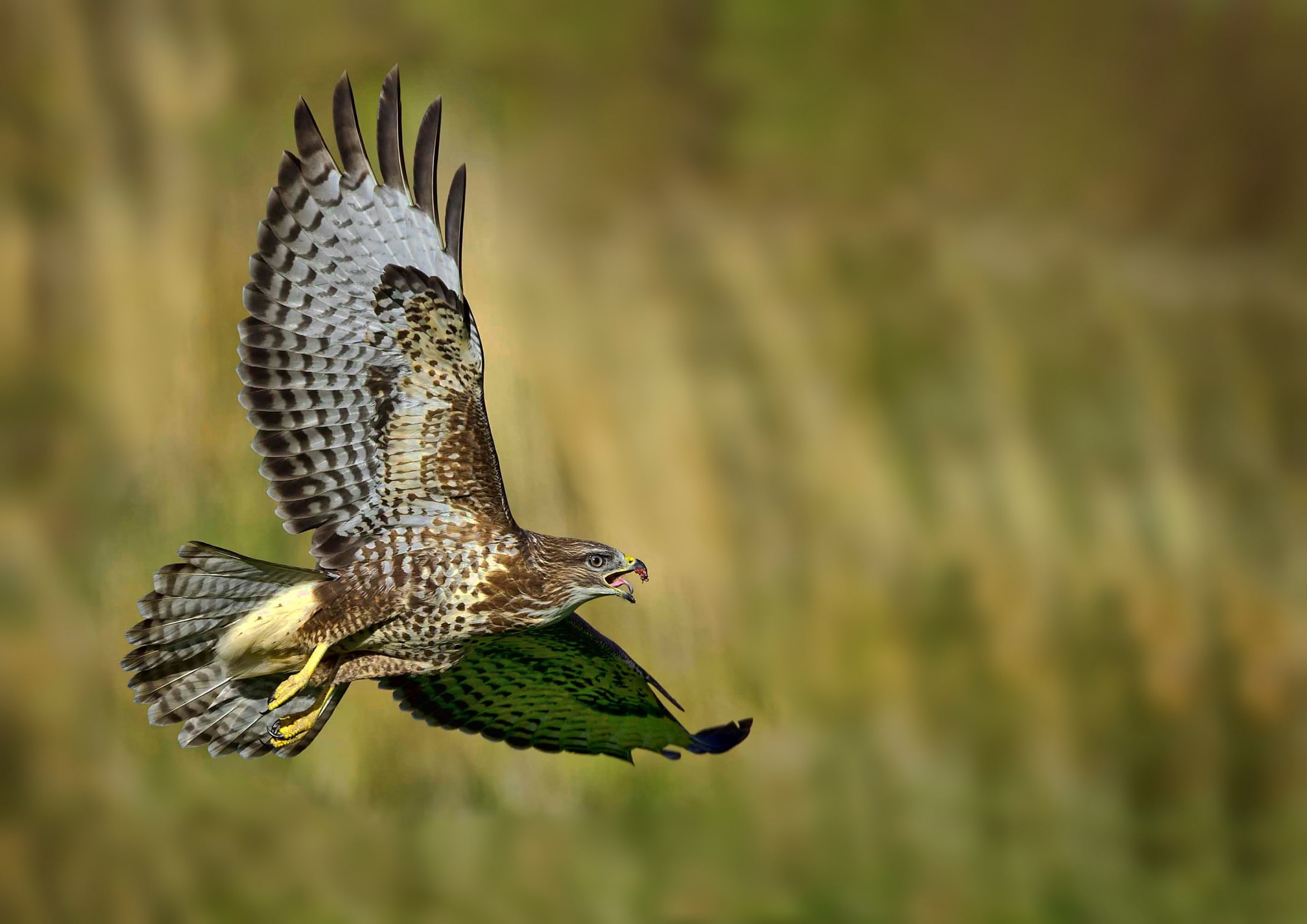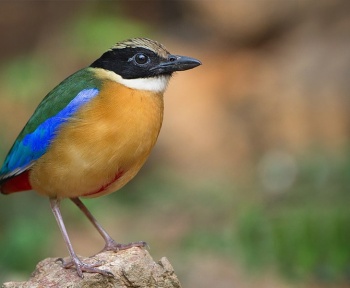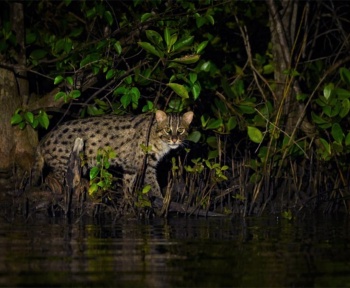The Sundarbans have always had a special charm for tourists to West Bengal and the home of the “Royal Bengal Tiger” in its heart.
Sunderbans has always had a unique attraction with its great wildlife species apart from the Royal Bengal Tigers.
According to the world record, The Sundarbans mangrove forest has been recorded as one of the largest forests globally (140,000 ha), which lies on the delta of the Ganges, Brahmaputra, and Meghna rivers on the Bay of Bengal. In its terrestrial, aquatic, and marine ecosystems, the site promotes exceptional natural biodiversity from micro to macro flora and fauna.
For globally endangered species, the Sundarbans are of universal significance. Those who love Nature should visit at least once in their lifetime. The Sundarbans National Park remains an enigma. As there are a lot of species of which a little trace is found all over the world, Inhabitat in the Sunderbans, and one of them is the Oriental Honey Buzzard.
The large raptor is known for its tendency to congregate in large flocks of up to a thousand during migration and mainly are found in lowland, montane, broadleaf and mixed forests. Although its plumage variation is significant across its entire range, this species is easily seen throughout the broad spectrum.
With the combination of an unusually tiny and slender head, long striped tail, large, broad wings, and sleek, well-striped underwings, the bird is a fascinating thing to see.
Distribution
From central Siberia east to Japan, it breeds in Asia. It is a summer migrant from Siberia to Tropical Southeast Asia. Its distribution in India is widespread across India except in some parts of the North West. It is present in virtually most of the forests in India but most easily seen in the Sundarbans.
To capture the best pictures of this amazing bird and to amp up your Wildlife Photography Collection, Sundarban Wildlife Photography Tours is the one you cannot afford to miss at any cost.
Feeding Habit of Oriental Honey Buzzard
The Oriental Honey Buzzard(Pernis ptilorhynchus) is named for its affection for bees and wipes, particularly their larvae and nests. The honey-buzzard has tough scale feathers on its face near the beak, enabling it to feed at the honeycombs with much-needed protection from bee stings. It is believed that the honey-buzzard dismantles the honeycomb and passes it to feed on itself or its young ones. It’s feeding on bees, wipes and their larvae have been observed as well.
Appearance and color specifications
The Oriental Honey Buzzard looks long-necked, very similar to pigeons, and rises on flat wings. This species, despite its name, is not related to the buteo and is much closer to the kites in a taxonomic manner. The head lacks having a sturdy supraciliary ridge, which gives it a very un-raptor-like facial look. The tail is long, and the head crest is short. It’s somewhat brown at the top but not as dark as Honey Buzzard at the bottom. It has got dark stripes on the neck.
Difference Between Male and Female:
Sexes can be distinguished unusually for a large bird of prey. The male has got a blue-grey head, and the head of the female bird is somewhat brown. She’s a bit larger and darker than the male Buzzard. The male has a black tail with a white band on it, whilst the female Honey Buzzard has no such details on its neck.
Breeding Season
In Feb-June, they breed. The nests are mainly made from widely leaved trees and conifers and even in coconut palms, up to 28 m high sometimes. Nest in maximum times is built in a tree fork, a platform of twigs lined with green leaves and other light material. The nest is built by both adults. Most of the time two-three eggs are laid, and incubation is over 28–35 days by both adults. Both also feed chicks. Chicks spend 35–45 days and become independent for flight 5–8 weeks later. Chicks are fed bee larvae and honeycombs.
Call
Honey Buzzard calls with a long trough in the pitch, which is unique, and its sound cannot be matched in the present study with this species.
Population Density
There are an estimated 100,000-1000,000 of the global populations of Oriental honey buzzard. This species has a wide range and not vulnerable. Habitat degradation and felling trees are significant threats to their survival.
The IUCN (International Union for Conservation of Nature) has categorized and evaluated these buzzard species and listed them as “Least Concern.”
There is much to explore in wildlife. Nature and her beauty promise plenty of breathtaking moments as well sights in her bosom many do not have the pleasure of experiencing firsthand. The sight is truly alluring.
Through Wildlife Photography, people appreciate Nature through pictures captured amazingly at the perfect timing by amateurs and enthusiasts alike, and the fascination can encourage one to pursue wildlife photography as a hobby. Looking at the wonderful sight through your camera with your finger on the shutter, capturing the moment for eternity is a unique feeling worth the experience time and again. Then why not just pack your bags and go for a Wildlife Expedition to Sunderban National Park and have the bliss to enjoy Birdlife Photography.
Wildlife Tours give a magical experience that is hard to forget. Photographing animals in their natural environment is an efficient as well as a magnificent method of maintaining a record of the species seen and observed.




